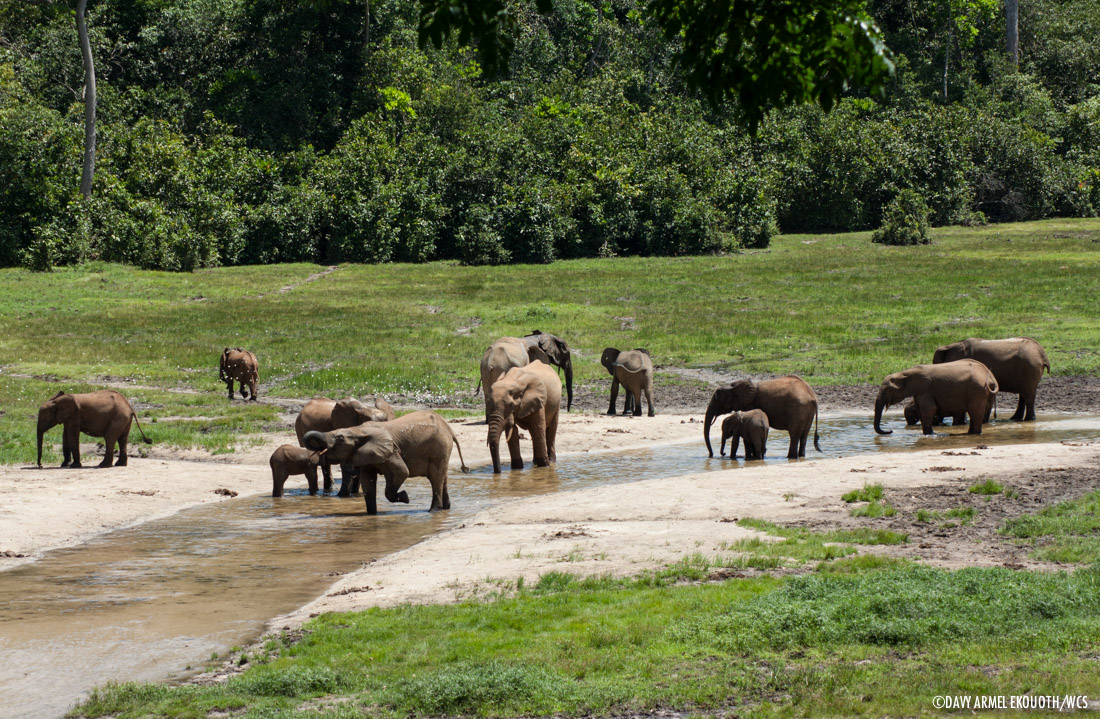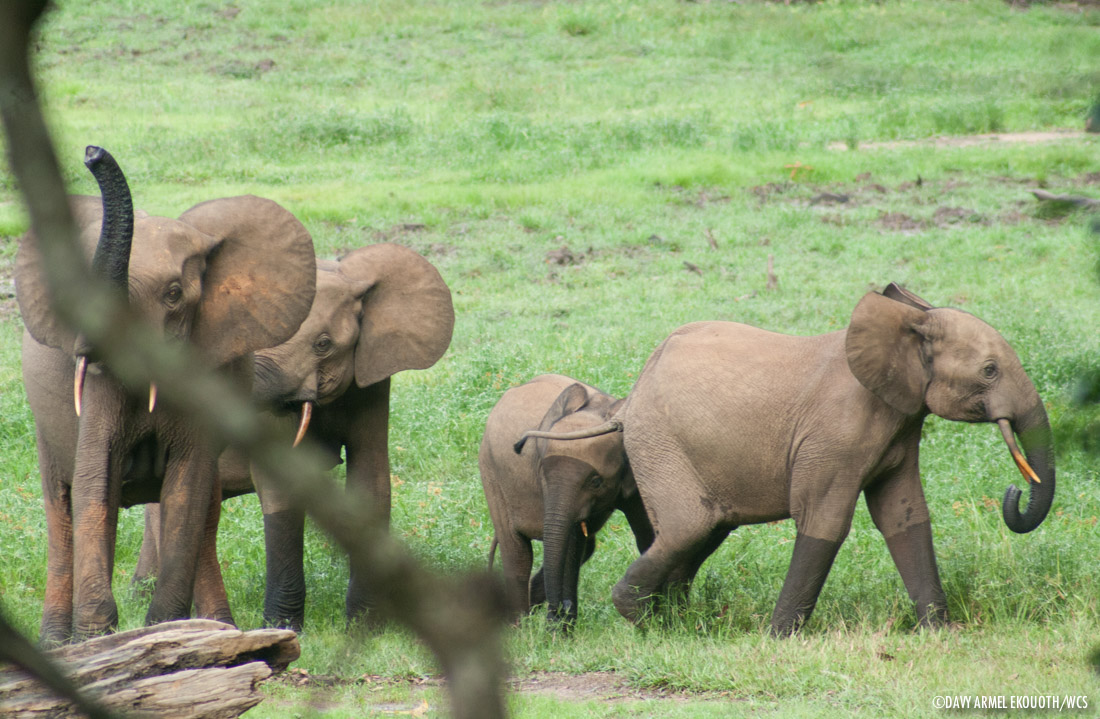
Bonye’s many visitors
The first quarter of 2016 saw the official start of the forest elephant-monitoring programme at Bonye bai, a remote forest clearing in Nouabale-Ndoki National Park. A team of WCS researchers and trackers headed out to the bai to construct a basic observation platform in February. The mission and construction of this tower, built to aid bai observation efforts, was covered in a mini-documentary ‘The Elephant Tower’ produced following its development. Three extended field missions have since been completed during which time 119 individual elephants were identified from the raised platform.
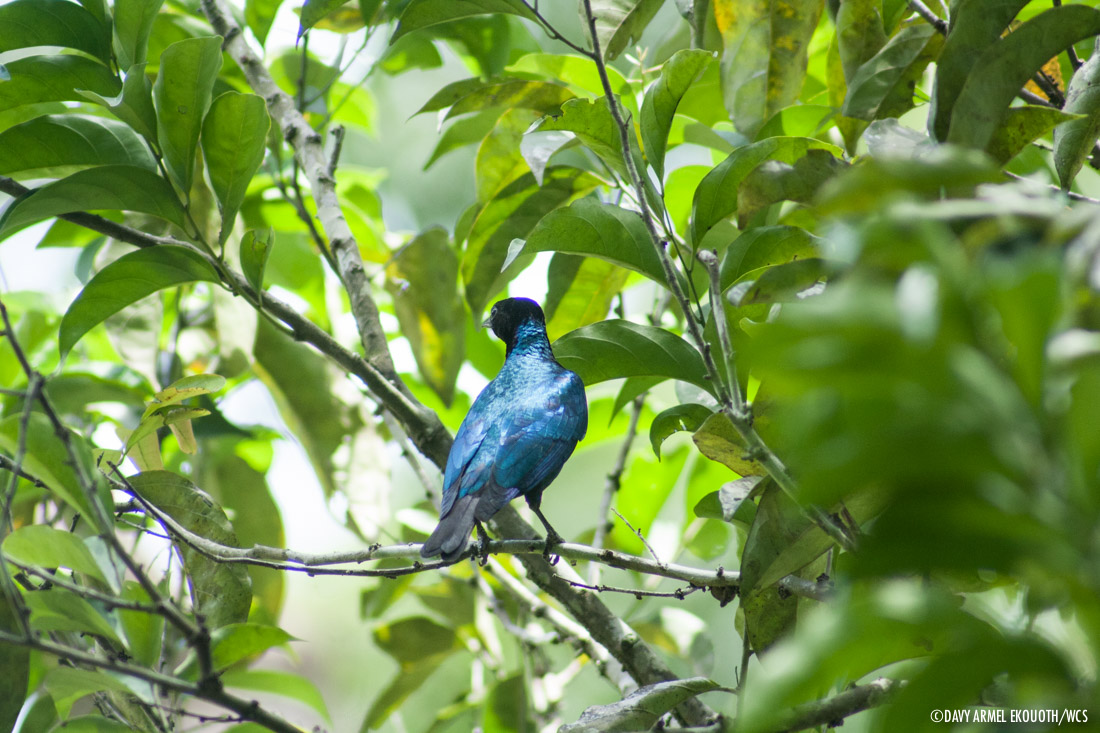
In addition to collecting individual identities and demographic information of the forest elephants visiting the bai, several threat indicators have been incorporated into the data collection protocol. Outlined in a monitoring framework developed by Maisels et al. (2015) in a new book on the study of forest elephants, these indicators can track progress towards (or away from) a target ‘conservation’ situation. Given that there is no long-term data from Bonye in over ten years, a baseline will be set during the first year of study as elephants become habituated to observer presence and, eventually, the researchers will look to draw comparisons with data from the early 2000s.
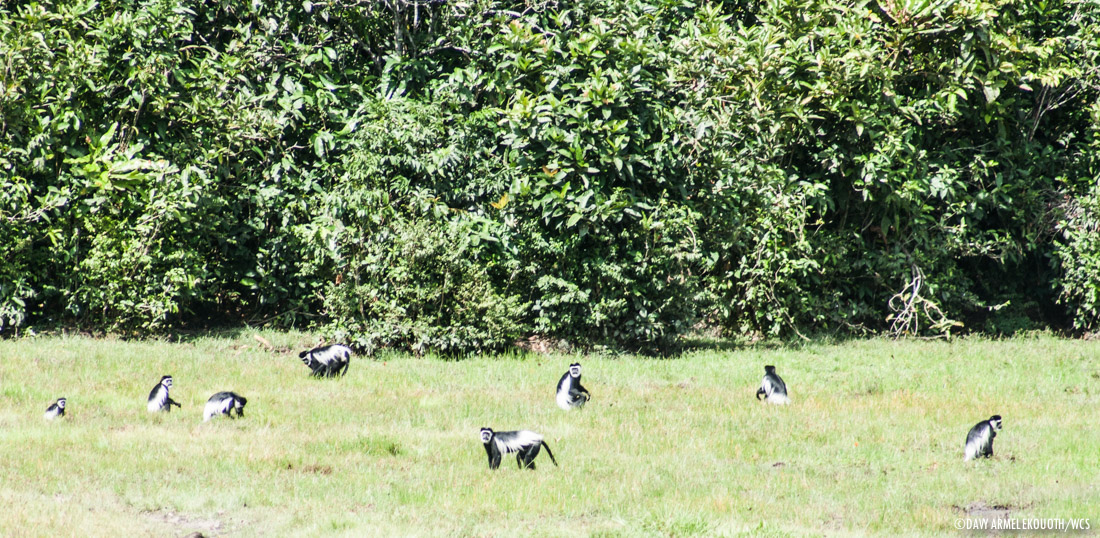
Bais are forest clearings unique to the lowland rainforest of central Africa. These forest clearings scattered across the forests of this region provide an important arena for forest wildlife to interact and seek essential minerals seeping out of their springs. Unfortunately wildlife that visits bais also makes an easy target for hunters. Many bais once sustained permanent poaching camps.
The newly established semi-permanent presence of observers at Bonye is not only an important deterrent for poachers, but also data on the changes in the amount of time visiting wildlife spend in the bai, the time that passes between visits, how long it takes wildlife to return after fleeing the bai and how often this fleeing behavior takes place can be used as an indicator of how safe wildlife perceive their environment to be. These indicators, as well as the presence of any wounded animals observed in the visiting population, can be used to monitor and guide conservation efforts in the area. This way anti-poaching efforts can be adapted to combat specific threats or cover areas considered to be high risk poaching zones.
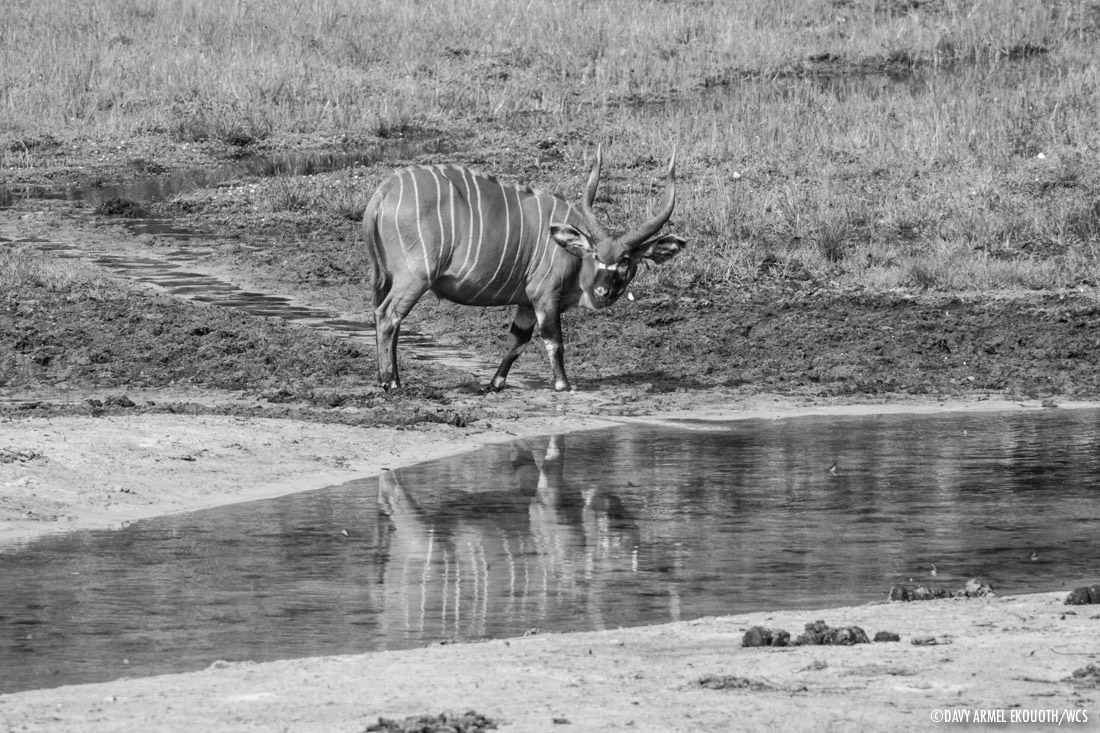
Up to date the team in the area around Bonye has covered over 100 kilometers during recces on three 21-day missions to the site. The team conducted 197 observation hours from ‘the elephant tower’ with sightings of not only forest elephants, but also a healthy population of other forest species such as bongo, sitatunga, forest buffalo and large group of Guereza colobus.
